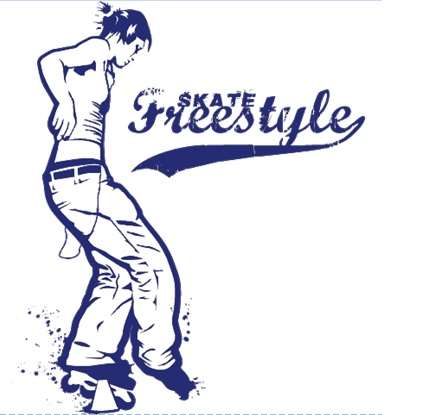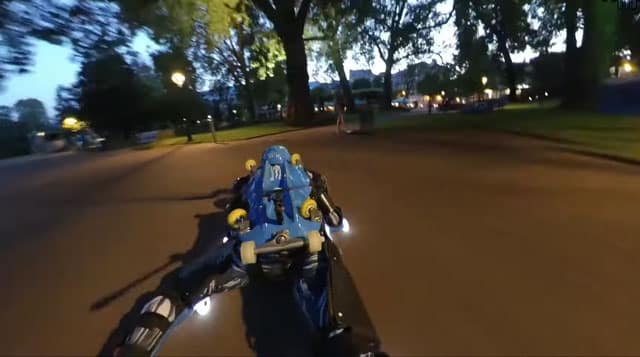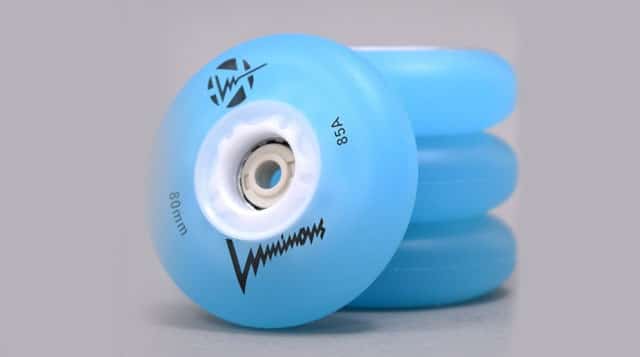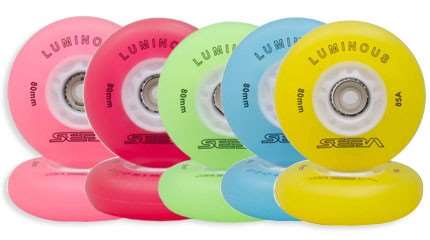WSSA Classic Style Judging
The judging criteria changed for slalom in the WSSA circuit. The international association sent us the new rules and regulation for Classic Style. Explanation of the jugding by Naomi Grigg..
Par alfathor

 This document aims to explain WSSA Classic Style Judging in an easily understandable manner. It contains:
This document aims to explain WSSA Classic Style Judging in an easily understandable manner. It contains:
- ·The criteria on which each performance is judged
- How each judge arrives at a score
The document does not contain any procedural information such as how the judges’ scores are collated together to create a final mark, or any details of timing, competition area setup etc.
The criteria
The criteria are split into ‘Technical’ and ‘Artistic’, however in WSSA classic style judging philosophy they are highly related, and so some of the descriptions of the criteria will leave you wondering if they are in the correct category. You will also see the strong relation between these two categories in the ‘Scoring’ section.
Technical
- Variety
- Continuity
- Speed
Variety
This is where the judges see how many trick families you’re visiting. The families are:
- Spinning tricks
- Sitting tricks
- Jumping tricks
- Wheeling tricks
- Others
The question on most people’s lips at this point is ‘Is it the same as former classic format? And if not, how is it different?’
The answer is that in practice it is just for judges to take into account when comparing a high technical specialist to a medium technical but diverse skater – they don’t directly award points for each family achieved.
The philosophy is that, as an example, if you have someone doing spinning wheelings for an entire run, then they are probably top level technical, however they have focussed all of their talent on one small area, giving them an advantage in that area, allowing them to score as very high technical. Whereas someone else might put effort into becoming an all-rounder. Linking a diverse range of tricks also shows technical achievement.
Continuity
It is considered important that high difficulty level moves should only be included if blended well into the routine.
Under this criteria, judges will also be looking out for the base level of each slalomer’s skating – they will be watching for competitors who always perform high level technical tricks, but do not show a sound ability at the base level.
Speed
This criteria recognises that faster slalom is more challenging, and also certain tricks are harder if done at a high or low speed.
Blending – speed should be ‘blended’ when high technical level tricks are used, so instead of slowing down when harder tricks are used, perhaps a slightly slower overall speed is better.
Rhythm – The ability to control the speed of tricks to match the music & rhythm is considered technically challenging. An impressive example of this is controlling wheeling to match the beat of the music.
Artistic
- Body performance
- Music Expression
- Trick Management
Body Performance
Body performance is the the ability to blend body movement into the skating instead of the body being stiff whilst the feet and legs do all the work.
The WSSA classic style judging philosophy on this is that a beginner will concentrate mainly on the feet, but as you develop you pay more attention to arms, head, body and a judge will be looking to see how developed you are in this area. You must focus on the overall body, and not just the lower half.
Music Expression
This criteria is more than just matching the tempo of the music. It is about matching the mood of the music. The blending of the body movement with the music is taken into account.
Trick Management
This has two main elements related to choreography:
- The extent to which the choreography matches the music and its breaks and changes etc.
- Recognition that technical ‘highlights’ are more difficult in the middle of a line of cones etc, whereas they are usually easier when entering or exiting the cones.
Quick summary for planning your combo:
- Variety – how many families are you using?
- Continuity – is your skating stopping & starting, or flowing continuously?
- Speed – how fast are you skating? And how consistent is your speed?
- Body Performance – Does your whole body compliment your skating?
- Music Expression – Does your skating reflect the mood of the music?
- Trick Management – Does your combo match the changes in the music?
Scoring
There are a maximum of 100 marks. 60 technical and 40 artistic, though as has been already mentioned, they’re so inter-related that it doesn’t really work out so clear cut. What you will read here is the theory of how scores are allocated for each skater’s performance. In practice things are a little less scientific, but this should give an idea of the philosophy behind the scoring. There is none of the details covered here.
|
Technical |
Artistic |
||
|
A |
50 – 60 |
A |
30 – 40 |
|
B |
40 – 50 |
B |
20 – 30 |
|
C |
30 – 40 |
C |
13 – 20 |
|
D |
20 – 30 |
D |
8 – 13 |
|
E |
10 – 20 |
E |
4 – 8 |
|
F |
0 – 10 |
F |
0 – 4 |
For the technical mark:
- Note the difficulty level of the tricks performed during the run, and using the level advisory tables, select the trick level of the performance.
- If a competitor is doing mostly a ‘C’ level tricks, with a few ‘B’ level tricks, the judge can give a ‘C’ grade mark, plus bonus points to reflect that (found in the right hand column of the level advisory tables). These are only given for a couple of tricks and are diminishing, so it might be the full 1.5 for an ‘A’ level move, but only 0.75 for the 2nd one.
- In order to advance from ‘C’ level to ‘B’ level, the skater will need to show ‘B’ level in a range of trick families.
- It is understood that it is easier for a younger and more flexible skater to do all kinds of flexible movements, and this is taken into account.
For the artistic mark:
- The artistic base mark is related to their technical base level. If our rider is a ‘C’ level technical, then they will be given an artistic ‘C’ level as their base mark. There is a philosophy that without a certain technical level, a skater is unable to demonstrate much in the way of artistic level.
- However… large bonuses are available for impressive Body performance, Music expression and Trick management.
Penalties:
- The usual 0.5 penalty per knocked or missed cone, deducted from technical score.
- A normal loss of balance is deducted from artistic score, whereas a bad fall is deducted from the technical score.
- Time penalty (5 points) is deducted from the artistic score.
Links
Image: WSSA



